Looking at country-by-country developments;
Brazil;
Brazil witnessed a notable increase in steel plate exports in June 2023, reaching 23,000 tons, a significant increase from 2,500 tons exported in May.
Brazil's iron ore exports reached 34.4 million tons in June, up by 7.5% m-o-m.
Brazil's Alumar refinery was expected to restart in 2022, boosting its aluminum output to ninth place in global production. Brazil's aluminum production is expected to reach 1.4 million tons per year, with the contribution of Companhia Brasileira de Alumínio and Albras.
The USA
In May this year, US exports of CRC increased by 38% m-o-m and 41% y-o-y to around 119,400 tons. The value of exports during this period increased by 41.5% on a monthly and 24.5% on an annual basis to around US$189 million.
US crude steel production rose slightly to 1.716 million short tons in the week ended July 15, slightly up by 0.3% from the previous week and slightly down by 0.3% from a year ago. Capacity utilization rate was realized as 75.5%, up by 0.3% on a weekly basis and down by 2.6% yoy.
In May 2023, US exports of steel sections, including U, I, H, L and T section steels, totaled about 72,000 tons, down by 2% on a monthly basis and up by 93% on an annual basis.
The USDOC canceled the administrative reviews of anti-dumping and countervailing duty orders on Chinese carbon and alloy steel wire rods. The products in question are circular section hot rolled carbon steel and alloy steel coils classified under tariff categories 7213 and 7227.
According to USDOC data, the US imported 72,000 tons of HRC bars in May, up by 20% from the previous month but down 11% from a year earlier. Canada was the largest importer with 29,000 tons, up by 8.1% and down by 28.5% y/y.
Australia;
Australia is preparing to develop new sectoral plans to achieve net zero greenhouse gas emissions by 2050, according to Chris Bowen, minister for energy and climate change. Following advice from the Climate Change Authority (CCA), the government will create frameworks to reduce emissions from a range of sectors, including agriculture, land, the built environment, transport, electricity, energy, resources and industry. The design process will take at least a year and the plan is expected to come into force in 2025. The government will collaborate with industry, the climate movement, experts, trade unions and society on sectoral plans, and CCA will help develop sectoral pathways.
Looking at company-based developments;
ArcelorMittal Pecém shipped about 279,000 tons of steel plate in June, down by 57.8% on the month and about 10% on the year. Exports to the US accounted for 42% of the total, while exports to Mexico accounted for 11%.
Texas-based steel and metals producer Commercial Metals Company received approval from the West Virginia Department of Environmental Protection to build its fourth advanced micro-mill. This marks a milestone in the Steel West Virginia project. Construction is expected to begin in 2025 after the permit is obtained and the land is purchased.
Rio Tinto reported that iron ore production in the second quarter of this year was 81.3 million tons, up by 2% from the previous quarter and 3% from a year earlier.
Alcoa Corp. reported a 26.3% drop in revenue in the second quarter, while its adjusted net loss was $62 million, compared to $496 million in the same period last year.
Vale S.A. reported a 17.9% increase in iron ore production in Q2, driven by higher output at key mines. Production stood at 78.7 million tons. Sales increased 38% from Q1 to Q2 to 63.3 million tons.


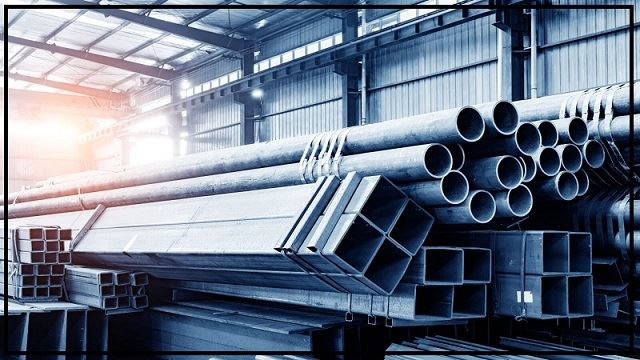
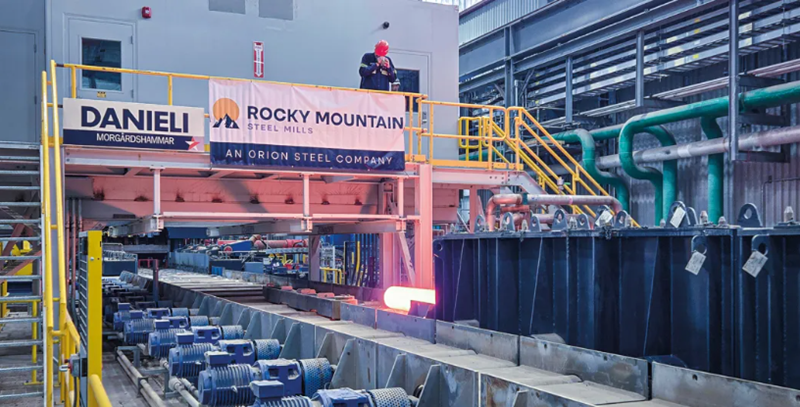
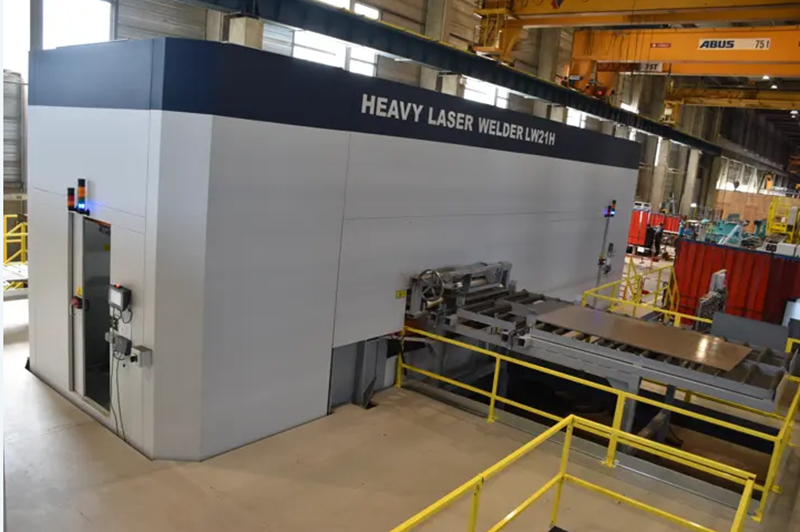
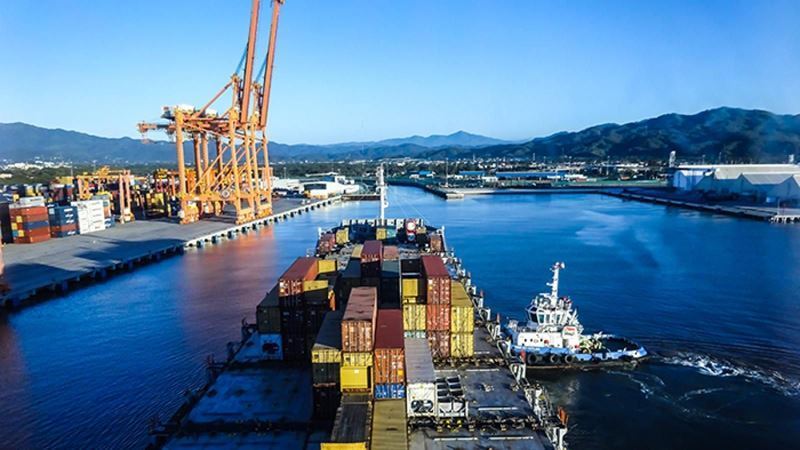
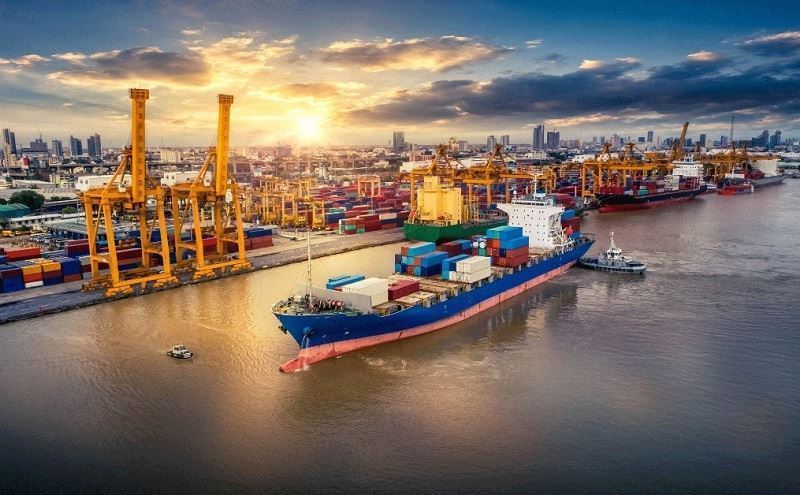
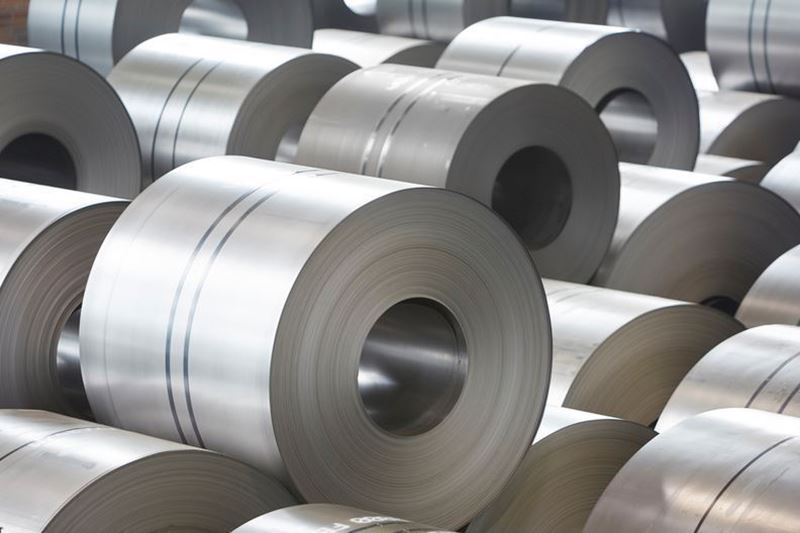

Comments
No comment yet.